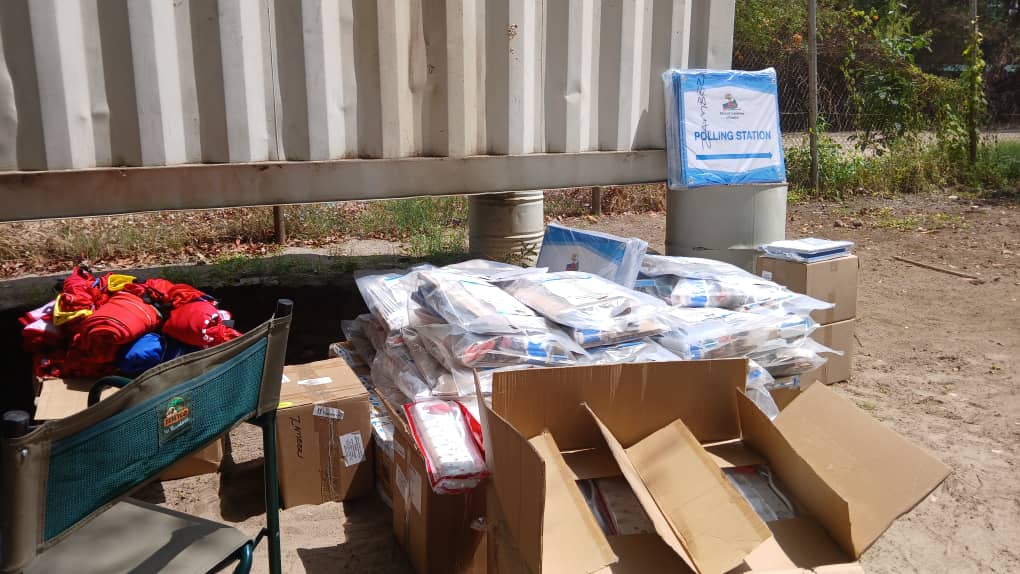New investments into the nascent energy sector are likely to push Namibia’s trade deficit up, which widened for a third month in a row, reaching N$4,4 billion in March 2024.
According to economic commentators IJG Research, this marks a 14,5% month-on-month (m/m) increase.
They say companies are likely to invest more into development projects and push up imports of infrastructure components.
In a report published last week, IJG said the country’s export earnings had risen 36,5% m/m, outpacing the 27,9% m/m increase in the import bill, although exports remained smaller than imports.
“On a year-on-year basis, exports fell by 18,6% in March, while imports rose by 2,9%, consequently resulting in the deficit widening by 102,1% compared to the same month on 2023,” said the researchers.
The report added that export earnings amounted to N$8,3 billion, while the imports amounted to N$12,8 billion in March 2024.
According to the report, the year-to-date deficit of N$10,4 billion exceeds the N$5,6 billion deficit over the corresponding period of last year, as well as the deficits since 2015.
“The implication this has on the direct gross domestic product calculation is detrimental but could also be a sign of investment activities taking place in the country. This could offset detrimental effects of negative net exports,” noted the report.
The researchers said manufactured goods worth N$5 billion contributed 59,4% of exports, followed by N$2,8 billion worth of mining products and N$411,4 million worth of agriculture products.
Meanwhile, a total value of N$8,4 billion manufacturing products were imported, contributing 65,7% to the import bill. Following this are N$4,1 billion worth of mining imports and N$270,3 million agriculture products.
“These three industries combined have, therefore, been the drivers of trade in the country as they accounted for 97,8% of imports and 99,6% of exports,” noted the researchers.
Looking at trade by product, IJG said diamond exports rebounded meaningfully to N$1,7 billion in March, following a downturn to N$316 million in February.
“It is not new knowledge that the diamond industry is under pressure due to poor global demand for the precious stone.
“Anglo American has cut its diamond production target for the year, with De Beers now aiming to produce 26 to 29 million carats this year, compared to a target of 32 million in 2023,” noted the researchers, adding that diamond exports, however, possessed the widest trade balance product in March.
They also reported that Namibia was a net exporter of fish, gold, copper, uranium and live animals and at the same time, the country was a net importer of petroleum oils, copper ores, vehicles and building equipment.
“The anticipated decline in global diamond sales has the potential to widen Namibia’s trade deficit further.
The country is furthermore poised to experience a surge in infrastructure investments, as oil and gas service firms gear up for production,” IJG noted.
This uptick is expected to reflect in the import bill, primarily due to the importation of infrastructure components, noted the researchers.
– email: matthew@namibian.com.na
Stay informed with The Namibian – your source for credible journalism. Get in-depth reporting and opinions for
only N$85 a month. Invest in journalism, invest in democracy –
Subscribe Now!






